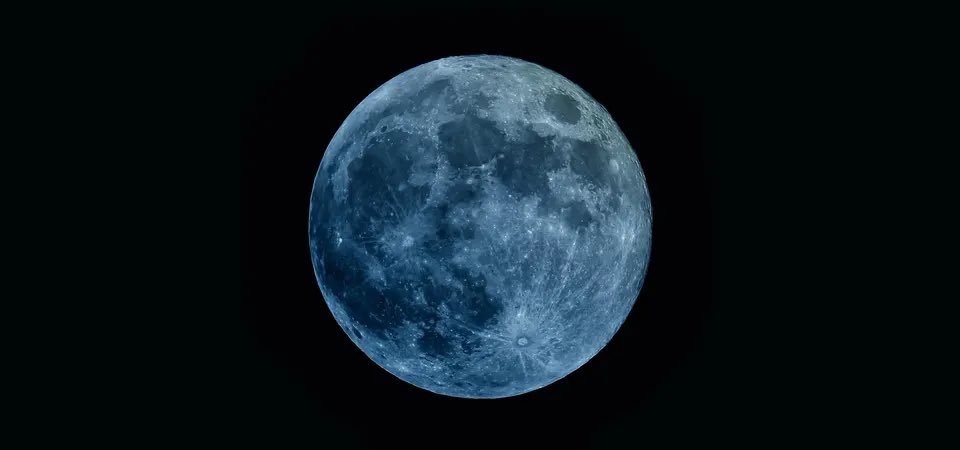
Courtesy of Twitter
The second supermoon of August, a rare blue supermoon, will appear on Wednesday, and could bring higher tides just as Hurricane Idalia brings life-threatening storm surges to Florida’s Gulf Coast.
The term supermoon was coined in 1979 by astrologer Richard Nolle, and describes a new or full moon that appears during the moon’s perigee, or closest approach to Earth.
A blue moon, meanwhile is the term for the second full moon in a calendar month, which occurs approximately every 2–3 years, according to NASA. The blue supermoon on Wednesday is even rarer, occurring approximately once per decade, the agency said.
The first supermoon occurred on Aug. 2, but Wednesday’s supermoon is expected to be even bigger and brighter. The moon will reach perigee at 11:55 a.m. EDT, and will continue to appear full until Friday morning.
Because the moon is closer to the Earth at perigee, it exerts more gravitational pull, which can make high tides higher than average, according to NASA.
This could spell trouble for Florida, where Hurricane Idalia made landfall Wednesday morning in the Big Bend region, where the peninsula meets the Panhandle on the state’s Gulf Coast.
The National Hurricane Center warned early Wednesday of storm surge inundation of 12–16 feet above ground level in the Big Bend region, and life-threatening storm surges along much of the rest of the state’s Gulf Coast.
On Wednesday morning, storm surge was already rising rapidly at Cedar Key, west of Ocala, despite it being low tide, according to NWS Tallahassee.
Gov. Ron DeSantis on Saturday declared a state of emergency across 33 counties ahead of the storm. Evacuations began Monday in multiple zones, with shelter-in-place orders issued in coastal regions early Wednesday.
TMX contributed to this article.